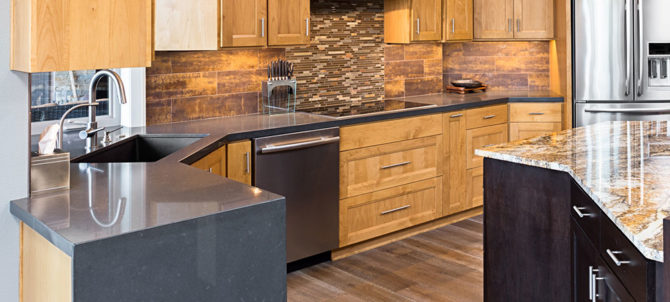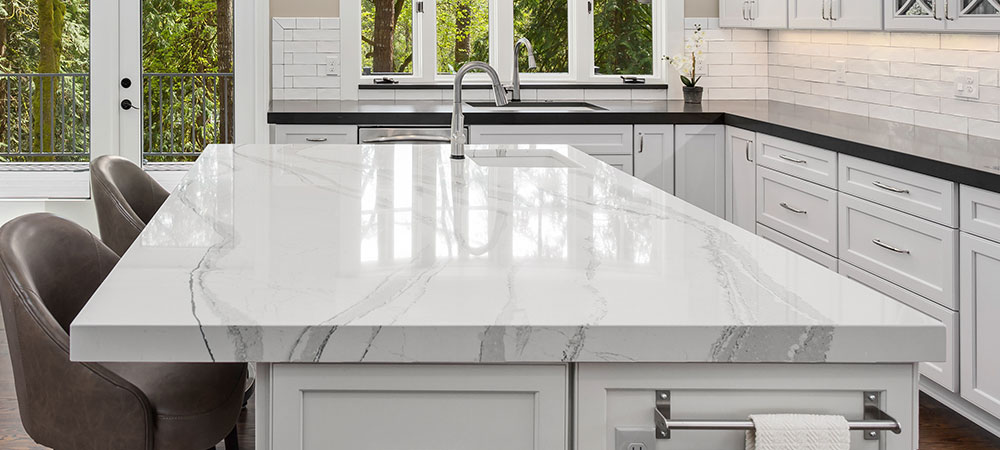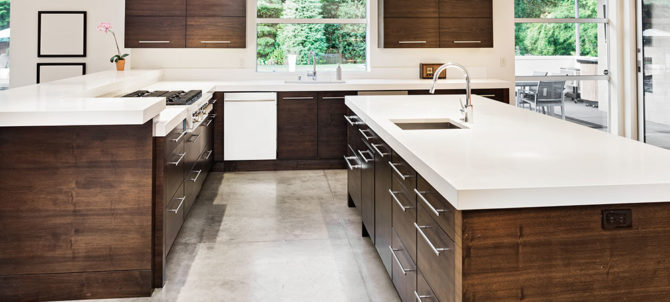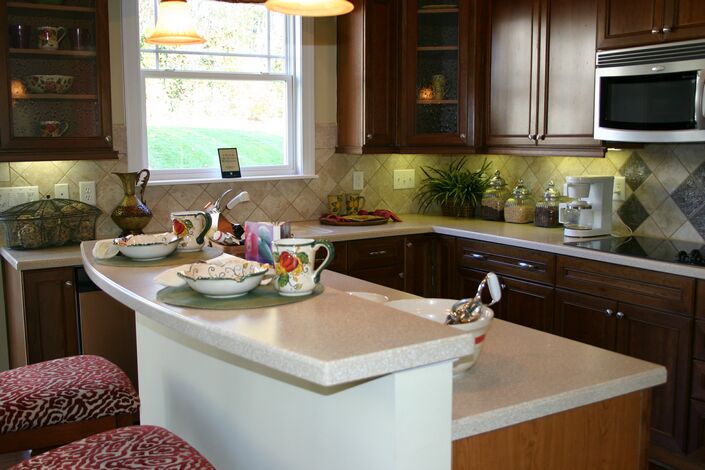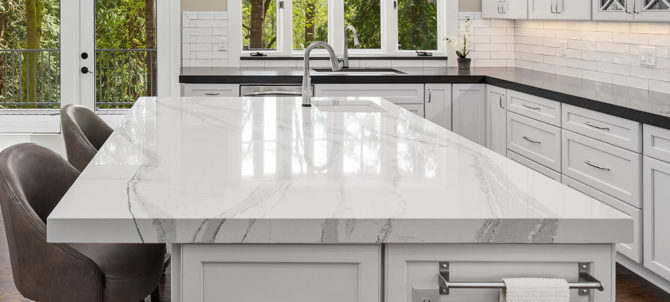
Although laminate has been around for a long time, many people still don’t know much about them, so you will often hear them wondering what are laminate countertops made of. If you are one of the people asking this question, here are a few things you should know about the countertops:
What are the countertops made of?
The countertops were invented in the early 1900s by engineers from Westinghouse Company. They invented the product from phenolic resins that serve as an industrial insulator. The engineers later left Westinghouse and created the Formica Company that popularized the material.
The countertops are made by combining layers of resins and paper into a single, semi-rigid plastic sheet. The manufacturers use Brown Kraft paper for the bottom layers. The layers are pressed together while cooked, which forces all of the resins and papers to chemically bond into one plasticized sheet.
The countertops come in different grades, often referred to as “grades.” The most popular grades are: horizontal and vertical. The horizontal grade is the thickest type engineered for heavy use and high impact. Since it’s the thickest, it lasts for a long time. Unfortunately, it’s stiff hence difficult to form.
The vertical grade is often used for backsplashes and other areas that can’t withstand a lot of abuse as the other countertops.
Why should you buy a laminate?
Laminate comes with plenty of attractive features that make it a great choice. Some of these features include:
It’s affordable: If you are strapped for cash, laminate is one of the most affordable materials in the market that you can go for.
Elegant appeal: While the countertops materials are cheap, they resemble their more expensive, premium competitors such as granite and marble. This means you can give your home a high-end look at a meager price.
They are easy to install: Since the countertops are lightweight, they are easy to install. You can easily install them on your own without requiring the services of a professional.
Easy to clean: When you pour a potentially staining product on the countertops, getting rid of it is easy. You only need a clean, moist material. When cleaning, avoid using chemicals and abrasives as they can dull the surface or even destroy the resin.
Unlike marble and granite countertops, the countertops are practically maintenance-free as you don’t need to seal or oil them.
Stain-resistant: Since the countertops are made from plastic, they are waterproof. This means they easily repel stains, so you don’t have to worry about them getting stained and looking ugly.
Versatile: The countertops come in a wide range of colors, textures, and patterns. It’s all up to you to choose the ones that are ideal for you. The beauty of it is that you can even get the countertops customized to your liking.
Cons of the countertops
While the countertops are excellent for use in your home, they have several setbacks:
Easily get damaged: Since they are made from layers that are glued together, they easily get damaged when you aren’t cautious when handling them. When you place hot pans or a cigarette on them, you can easily melt them.
The top of the countertops is also highly susceptible to scratches from sharp knives and other items. Unfortunately, unlike other materials that you can easily repair, the countertops are difficult, so you have no option, other than to replace them.
Don’t have a huge impact on the resale value of the house: Compared to granite and marble countertops, laminate doesn’t add much resale value to the house. So you can’t invest in the countertops with the hope that you will recoup your money once you sell your house.
How do you take care of the countertops?
For you to prevent the countertops from getting damaged, you should take good care of them. As motioned above, when you are cleaning the countertops, always ensure that you don’t use abrasive cleaners. You also should avoid harsh chemicals such as bleach.
Since you can only hire countertop replacement NC professionals to replace the damaged countertops, you should be ultra-cautious what you place on the surfaces. As a rule of thumb, never place hot pans on the surfaces. You also should never place any hot material on the surfaces.



